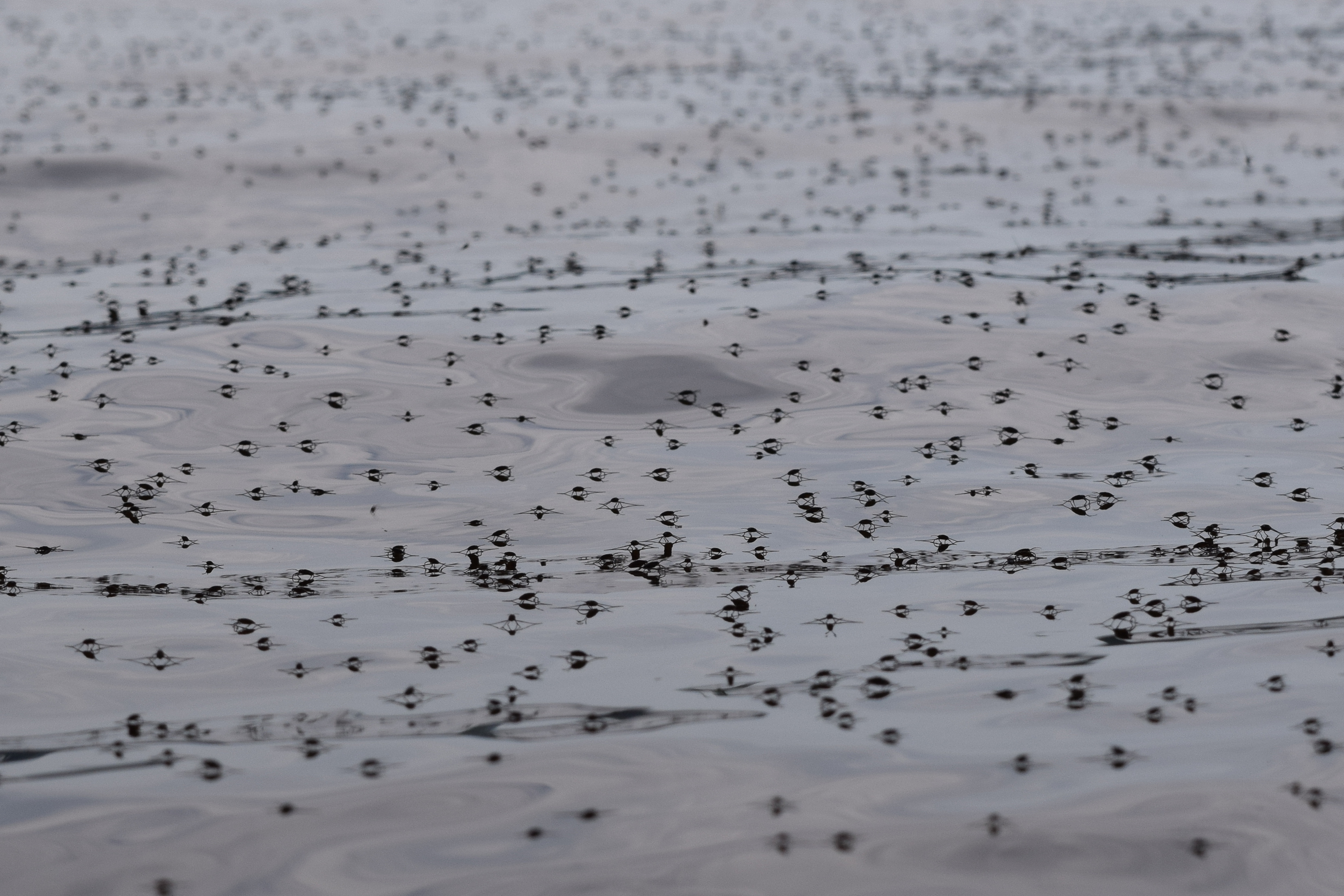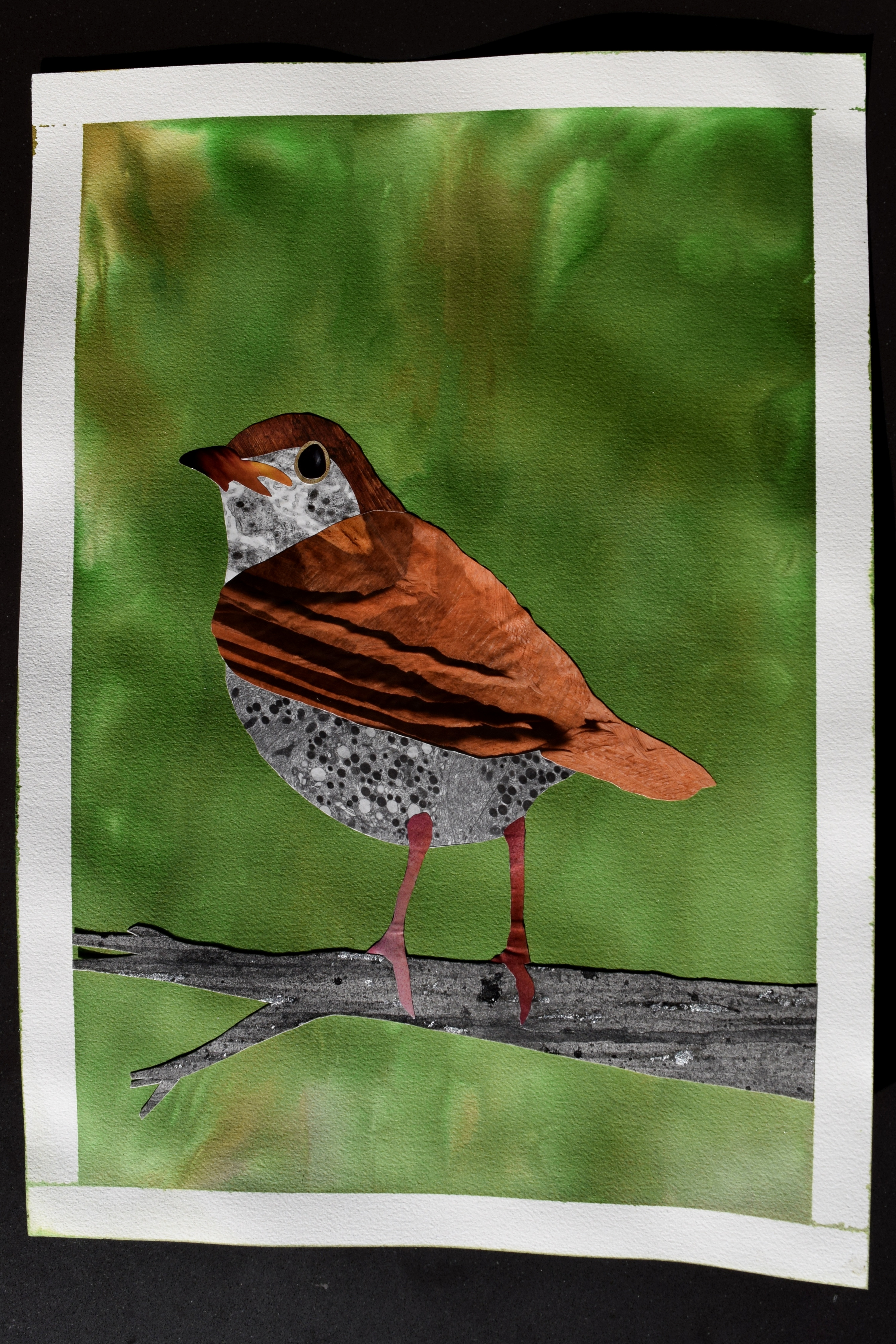You are correct: the ruling simply affirms the plaintiff's claim against IA.
Any out-of-copyright and non-copyright items, as well as items with permissive terms (e.g., Creative Commons licenses) will still be available on IA. Previously, the plaintiff Hachette offered a deal that IA rejected, in which IA would be allowed to make digital copies of Hachette texts that are either out-of-print titles, or titles for which digital copies have never been produced.
Right now, it's up to Hachette and the other publishers affected in the case whether that offer is still available.
edited: hyphens.



Spare a thought for the users with accounts who upload content to IA for you to enjoy.